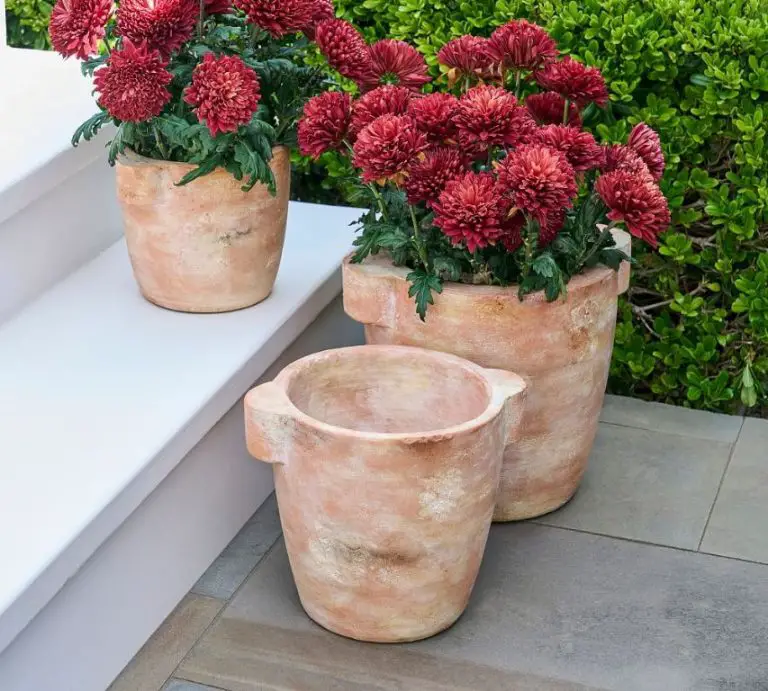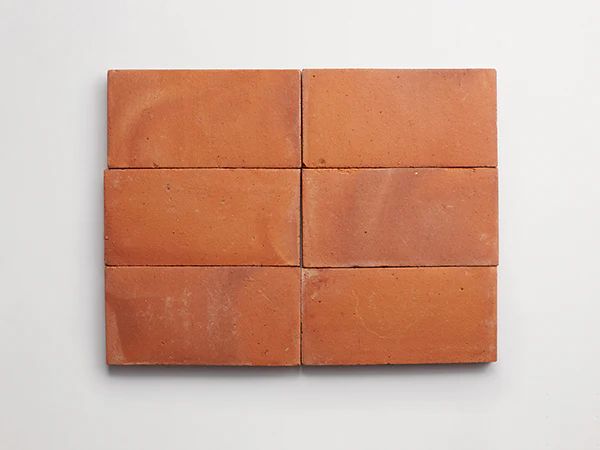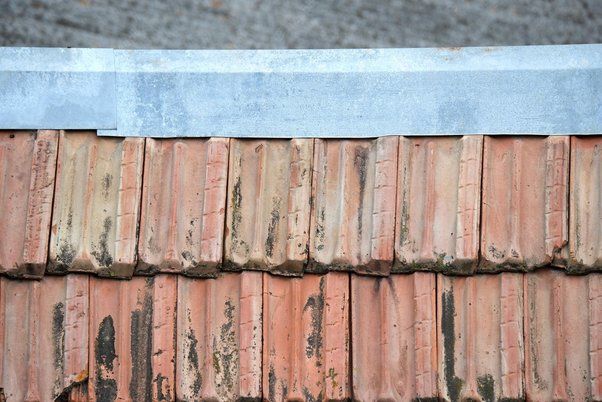What Layer Of The Earth Is Clay?
Clay is a fine-grained natural material that forms from the decomposition of rocks over long periods of time. It consists primarily of hydrated aluminosilicates, which are minerals containing aluminum, silicon, and oxygen along with varying amounts of water. Clays are an integral component of soils and sediments across the world. They are found in a specific layer of the Earth known as the crust.
The Structure of the Earth
The Earth is made up of three main layers: the crust, the mantle, and the core. The crust is the outermost layer of the Earth. The mantle lies between the crust and the core and makes up the majority of the Earth’s mass. The core is the innermost layer and is divided into two parts – the outer core which is molten and the inner core which is solid.
The crust is the layer that humans live on and varies in thickness. Under the oceans, the crust is only 3-5 miles thick while continental crust is 15-35 miles thick. The crust is made up of lighter rocks such as granite.
Below the crust is the mantle which extends to a depth of 1,800 miles. The mantle is made up of hot, dense rock and accounts for about 84% of the Earth’s volume. Convection currents in the mantle cause the movement of tectonic plates at the surface.
At the center of the Earth lies the core which is approximately 1,500 miles thick. The outer core is a liquid layer composed primarily of iron and nickel while the inner core is a solid ball of iron. The core acts like a giant magnet which helps produce the Earth’s magnetic field.
The Earth’s Crust
The crust is the outermost layer of the Earth. It ranges from 3 to 45 miles (5 to 70 kilometers) in depth underneath the continents and is usually only 3 to 5 miles (5 to 8 kilometers) deep under the oceans. The continental crust is thicker and older than the oceanic crust. The crust is divided into plates that float on top of the mantle, which is the layer underneath the crust.
The Earth’s crust is composed of various elements, like oxygen, silicon, aluminum, iron, calcium, sodium, potassium, and magnesium. However, the two most abundant elements that make up the bulk of the continental crust are oxygen and silicon. The crust consists mostly of igneous, metamorphic, and sedimentary rocks. The upper section of the continental crust contains granitic rocks such as granite and granodiorite.
The oceanic crust is thinner, younger, denser and basaltic in composition when compared to the thicker, older and andesitic continental crust. Oceanic crust is continuously being created at mid-ocean ridges and recycled back into the mantle at subduction zones. This process of plate tectonics drives the rock cycle and geological evolution of our planet.
The crust provides a platform upon which life can thrive and acts as a protective layer for the molten interior layers of the planet. Along with the upper mantle, the crust accounts for less than 1% of the total mass of the Earth, yet it is vital for sustaining life.
The Continental Crust
The continental crust is the outermost layer of the Earth’s crust that forms the continents. It is typically 25-60 km thick and is composed of igneous, metamorphic, and sedimentary rocks. The continental crust contains relatively light elements such as silicon, aluminum, potassium, and sodium.
The main components that make up continental crust are granite and andesite. Granite is an intrusive igneous rock that contains high amounts of silica and light minerals like quartz and feldspar. Andesite is an extrusive volcanic rock that contains abundant plagioclase feldspar.
The continental crust is less dense than oceanic crust due to its chemical composition and thickness. The thicker continental crust means it has a lower density than the thinner but denser oceanic crust. The average density of continental crust is approximately 2.7 grams per cubic centimeter, while oceanic crust has a density of 3 grams per cubic centimeter.
The thickness of the continental crust can vary greatly depending on the geologic history and tectonic forces acting on the region. For example, the crust beneath mountain ranges can be 70 km thick or more due to compressional forces that cause thickening and folding. The crust beneath old continental cratons, like the Canadian Shield, can reach depths of over 200 km as a result of billions of years of development.
Clay Formation
Clay forms from the chemical weathering and decomposition of rocks over long periods of time. The primary mineral that clay forms from is feldspar. Feldspar is an extremely common mineral found in igneous, metamorphic and sedimentary rocks. When feldspar is exposed at the surface, it undergoes chemical weathering reactions with water, oxygen, and carbon dioxide that slowly alter its molecular structure. As feldspar weathers, it gradually breaks down into clay minerals.
The most common chemical reaction that transforms feldspar into clay is called hydrolysis. In hydrolysis, feldspar reacts with hydrogen ions in water or weak acids like carbonic acid. This causes the potassium ions in feldspar to separate and get replaced with hydrogen ions. The leftover aluminum, silicon, and oxygen atoms recombine into a clay mineral structure. This hydrolysis reaction can take thousands or even millions of years to fully convert feldspar into clay. Rainwater and groundwater percolating through soils provide the water for these reactions to occur.
In addition to feldspar, other silicate minerals like mica, amphiboles, and pyroxenes can also undergo similar weathering reactions that result in clay formation. The different types of clay minerals form based on the original mineral composition and how the atoms recombine during weathering. Kaolinite, montmorillonite, and illite are the most abundant clay minerals found in soils.
Over geologic timescales, the continual chemical weathering of surface rocks produces significant accumulations of clay minerals in soils. Areas with warm, wet climates and abundant rainfall tend to produce the largest quantities of clay. Tropical environments are especially conducive to rapid feldspar weathering and clay formation.
Where Clay is Found
Clay deposits are found in the continental crust layer of the Earth. The continental crust is the outermost layer of the Earth’s crust that forms the continents. This crust layer is made up of lower density rocks like granite rather than the denser basalt found in oceanic crust. The continental crust averages 30-50 km thick, with the deepest areas under major mountain ranges.
Within the continental crust, clay deposits are concentrated in certain sedimentary rock layers and residual soil deposits. Clay minerals like kaolinite, montmorillonite, and illite formed from the chemical weathering and decomposition of feldspar, mica, and other silicate minerals contained in igneous, metamorphic, and previously existing sedimentary rock. Over geologic timescales, these clay minerals accumulated in marine and lake sedimentary deposits as well as residual soil layers in warm, wet climates.
Major clay deposits are often associated with ancient river deltas and floodplains, lakes, shallow marine environments, and tropical soils. The largest kaolin clay deposits formed from the chemical weathering of granite in warm and humid climates. Smectite clays like montmorillonite accumulated in marine sediments and lake beds. Illite clays formed from the alteration of mica and feldspar in marine shales. Finding concentrated clay deposits requires geologic processes that transport, accumulate, and deposit clay particles.
Major Clay Deposits
Clay deposits can be found across the world, but some regions contain exceptionally large or high-quality deposits that are mined extensively for commercial use. Here is an overview of some of the major clay-producing regions globally:
United States – The central and southern plains, especially Georgia, Tennessee, and Missouri, have enormous deposits of kaolin and bentonite clays. These are mined heavily for paper, ceramics, paint, and absorbents.
Brazil – The Amazon region contains vast kaolinite and montmorillonite deposits that provide raw materials for construction, pharmaceuticals, cosmetics, and other industries.
China – Extensive montmorillonite and kaolin deposits along the Yellow River supply clays for porcelain and fine china production, a major Chinese export.
India – Abundant alluvial clay deposits spread across the Indo-Gangetic plains are utilized for bricks, pottery, cement, and other uses.
Ukraine – Rich kaolin reserves around the Donbas region fuel Ukraine’s globally significant kaolin export industry.
United Kingdom – The kaolin resources of Cornwall and Devon supply the world-famous UK porcelain industry.
Uses of Clay
Clay has a wide range of uses and applications due to its unique properties. Some of the most common uses of clay include:
Pottery and Ceramics. Clay is the primary material used in pottery and ceramics. Its plasticity allows it to be shaped into various forms when wet, and become hard and durable when fired in a kiln. Nearly all types of pottery, from functional wares to decorative sculptures, utilize clays.
Construction Materials. Fired clay products like bricks, tiles, and pipes have been used as construction materials for thousands of years. Modern applications include clay blocks, structural clay tiles, and clay roofing tiles.
Paper. The fine particle size of clay is ideal as a filler and coating pigment in the production of paper. This improves the opacity, brightness, and printability of paper.
Drilling Muds. Bentonite clay is used as a key ingredient in drilling muds for oil and gas wells. It helps lubricate and cool the drilling equipment, and seal porous formations.
Waste Containment. Compacted clay liners and barriers are commonly used in landfills, tailings ponds, and other waste containment systems. The low permeability of clay prevents contaminants from escaping.
Medicines.Kaolin clay and other phyllosilicate clays are used in medications as antidiarrheal agents and dermatological protectants.
Cosmetics. Clay minerals like bentonite and kaolin are used in many skin care products for their absorbent properties. They help cleanse and exfoliate skin.
Paints and Coatings. Clays are added as extenders and texturizers in latex and oil paints. They improve application properties as well as enhance the durability of paint films.
Iron and Steel Production. Clays like bentonite are molded into pellets and used as fluxing agents to remove impurities in the steel making process.
Importance of Clay
Clay is an incredibly important natural resource. Here are some of the main reasons why clay is so valuable:
Clay is used to make a huge variety of everyday products that we depend on. Major clay-based products include bricks, ceramics like tableware and tiles, cements, and speciality products like kitty litter and drilling mud. Modern civilization would look very different without versatile clay materials.
Clay is also crucial for agriculture. Farmers apply clay as a soil amendment to improve drainage, aeration, moisture retention, and fertility in fields. Clay particles help bind and nourish soil for better crop production.
Clay deposits allow for economic activity and jobs. Major clay mining and processing operations employ thousands of workers worldwide. Products made with clay generate billions in revenue annually. Entire communities can thrive where clay deposits are tapped.
Clay aids environmental protection in many ways. It is used to line landfills, helping contain wastes. Clay forms a major component of engineered wetlands that filter pollutants from water. Clay helps clean up oil spills.
In summary, clay underpins modern civilization, keeps agriculture productive, creates economic benefits, and protects the environment. We rely greatly on this abundant mineral resource found in Earth’s crust.
Conclusion
In summary, clay forms in the continental crust layer of the Earth’s structure. The continental crust is the outermost layer of the Earth made up of lighter, granitic rock. As this layer is exposed to weathering and erosion over millions of years, soils like clay develop. Clay’s small particle size and sheet-like structure give it unique properties that make it useful for a wide variety of applications, from pottery to construction materials. Most of the world’s clay deposits are found in sedimentary basins on continents, providing evidence that clay originates in the continental crust. By understanding where clay resides in the Earth’s structure, we gain a better appreciation of this abundant material that has been so vital to human civilization.



